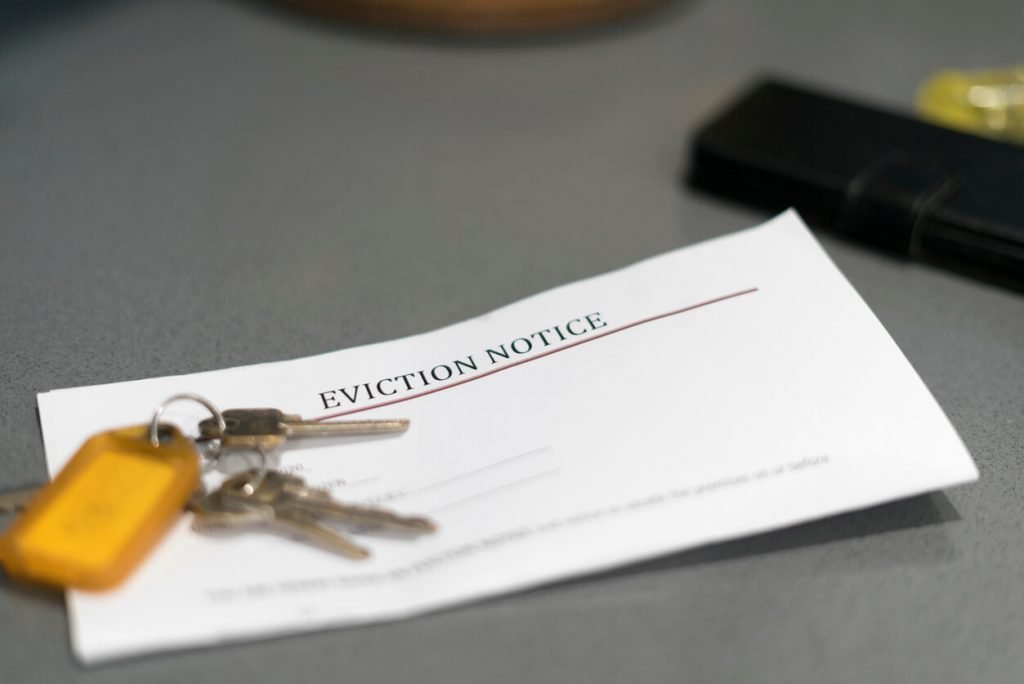Both tenants and landlords need to be familiar with eviction laws in Washington, D.C. That familiarity can not help landlords create more effective rules and contracts for their tenants, but also ensure that tenants do not get evicted unfairly or without taking the right processes into account. Familiarizing yourself with D.C. eviction laws makes it easier to protect your rights, either as a landlord or as a tenant.
Here’s what you need to know.
1. Washington, D.C. Only Allows Tenants to Be Evicted for Highly Specific Reasons
Those reasons include:
- Not paying rent
- Participating in illegal activities — including drug-related activities — in the unit
- Violation of the lease that is not corrected when the tenant is informed/reminded of the violation. This might include:
- Excessive noise
- Using the property for purposes not stated in the lease
- Subletting the property outside the terms set forth by the lease
- Keeping pets in the property when the lease specifies no pets
- The landlord has a change of plans for the property, including:
- Planning to inhabit it himself
- Renovating the property
- Turning the property into a condominium
- Tearing down the property
- Selling the property to a new owner who plans to live in the property
- No longer using the property as rental housing
Landlords cannot evict tenants outside these reasons. Landlords in D.C. do not have the right to evict tenants for race, religion, or other personal criteria, or remove an otherwise reasonable tenant who remains inside the terms of the lease unless the landlord has changed his plans for the property. Those that do change their plans for their properties must provide their tenants with adequate notice of their intentions so they can find alternate living arrangements.
2. If a Landlord Does Evict a Tenant, the Landlord Must Go Through the Judicial Process for Eviction
This includes a written Notice of Eviction as well as a court order. The only time the tenant does not require a written Notice of Eviction is in the case of rent non-payment, and even then only if the tenant waives that right in the lease. The tenant may be held legally liable for the fees the landlord faces as a result of court action to remove him or her. Landlords should keep in mind, however, that if they evict a tenant who is already behind on rent, that tenant may not have the funds needed to pay those legal fees. Many landlords factor the potential cost of evictions into their budget for rental properties.
3. The Landlord Cannot Perform a “Self-Help Eviction”
Some landlords attempt to take matters into their own hands when removing a tenant — by changing the locks to prevent a tenant from coming back into the property, for example. A landlord might also attempt to forcibly evict a tenant by removing their personal possessions from the property. Landlords do not have the legal right to complete this action, however: If a tenant believes the landlord has performed a self-help eviction, he or she should contact the police and let them know about the situation as soon as possible.
4. Tenants Have the Right to Correct a Lease Violation Prior to Eviction
The lease says no pets are allowed in the unit, but the tenant has a dog. The tenant is responsible for caring for the exterior of the property, but has not taken care of mowing responsibilities for some time. A violation of the terms of the lease can prove grounds for eviction, but the tenant must receive written notice of that violation prior to completing the eviction process. He must also be given adequate time to correct the violation before being evicted: for example, getting rid of a pet that violates the lease, or beginning a regular maintenance routine on the outside of the property.

If the tenant does correct the violation, the landlord no longer has the right to evict him or her.
5. In the Case of Nonpayment of Rent, the Tenant Has Until the Eviction Is Executed to Make Full Payment and Avoid Eviction
The full amount owed to the landlord will be determined by the court. If the tenant pays the full amount owed to the landlord prior to the date of the eviction, it can halt the eviction process and allow the tenant to remain in the property. The tenant should then make every effort to pay the rent on time moving forward.
6. The Tenant Still Owes the Landlord Past-Due Rent Even After He Is Evicted
As a tenant, you cannot simply wait out an eviction notice and hope for the best. If you owe past-due rent, you will still owe that past-due rent even after the eviction. You may see unpaid rent on your credit report, which can make it more difficult for you to find future accommodations. The landlord can also pursue collections to gather the unpaid rent and interest related to that unpaid rent, as laid out by the terms of the lease. The tenant should read the lease carefully to avoid fees and penalties related to unpaid rent.
7. Tenants Must Have Up to 30 Days’ Notice Before Eviction
The written notice provided to tenants must give them at least 30 days to vacate the property. In some cases, the landlord may need to give tenants up to 180 days to vacate. Landlords cannot force the tenant to move out before the date on that notice, although tenants can decide to move out prior to the end of that period on their own.
Get Help Navigating Eviction Laws
Owning or using rental property involves a highly specific set of responsibilities: Tenants must take care to abide by the terms of the lease, and landlords are also required to pay attention to the terms they set out in their agreements. Even landlords who use standard lease formats should carefully read over those terms to ensure they follow them to the letter when dealing with their tenants. Working with an experienced property manager can make it easier to find a great fit for both tenants and the landlords from whom they rent.
Alternatively, if you are looking for a place to rent, check out our DC rentals.



































